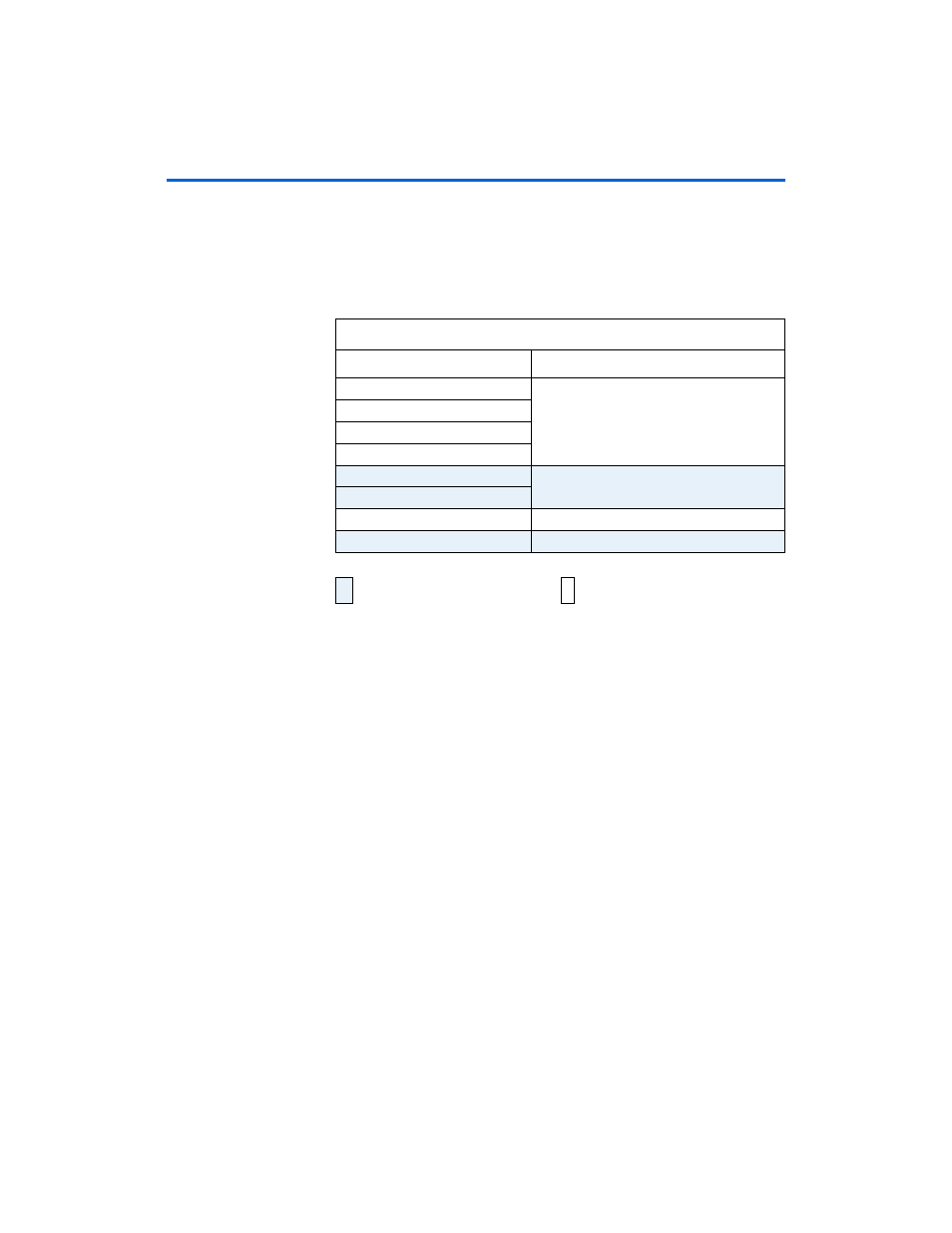User hardware image, Safe hardware image – Altera Nios Development Board User Manual
Page 31

Altera Corporation
1–23
September 2004
Nios Development Board Reference Manual, Stratix Edition
Board Components
In the factory-programmed state, the upper four (4) MBbytes of flash
memory are used to store either FPGA configuration data or web-page
data. Your application software may safely use the lower half (4 MBytes)
of flash memory without interfering with FPGA configuration or web-
server operation.
1
The factory-programmed reference design implements a web
server. Network settings and web pages are pre-programmed in
the flash memory, as shown in
User Hardware Image
At power on, or when the Reset, Config button (SW10) is pressed, the
configuration controller reads user configuration data out of flash at
address 0x600000. This data, and suitable control signals, are used in an
attempt to configure the FGPA. FPGA configuration data written into this
region of flash memory is conventionally called the user hardware image.
Nios II development tools include documentation on how to create your
own user hardware image data and several facilities for burning your
user hardware image into flash memory.
Safe Hardware Image
If there is no valid user hardware image, or if SW9 (Safe Config) is
pressed, the configuration controller begins reading data out of flash at
address 0x700000. Any FPGA configuration data stored at this location is
conventionally called the safe hardware image. Your development board
was factory-programmed with a safe hardware image, plus additional
data located in the range 0x700000-0x7FFFFF, as shown in
.
Table 1–6. Flash Memory Allocation
Address (hex)
Flash Allocation
000000
4MB
100000
200000
300000
400000
Web Pages (2MB)
500000
600000
User Configuration Data (1 MB)
700000
Safe Configuration Data (1 MB)
Factory-programmed–do not erase
Available for user data.
